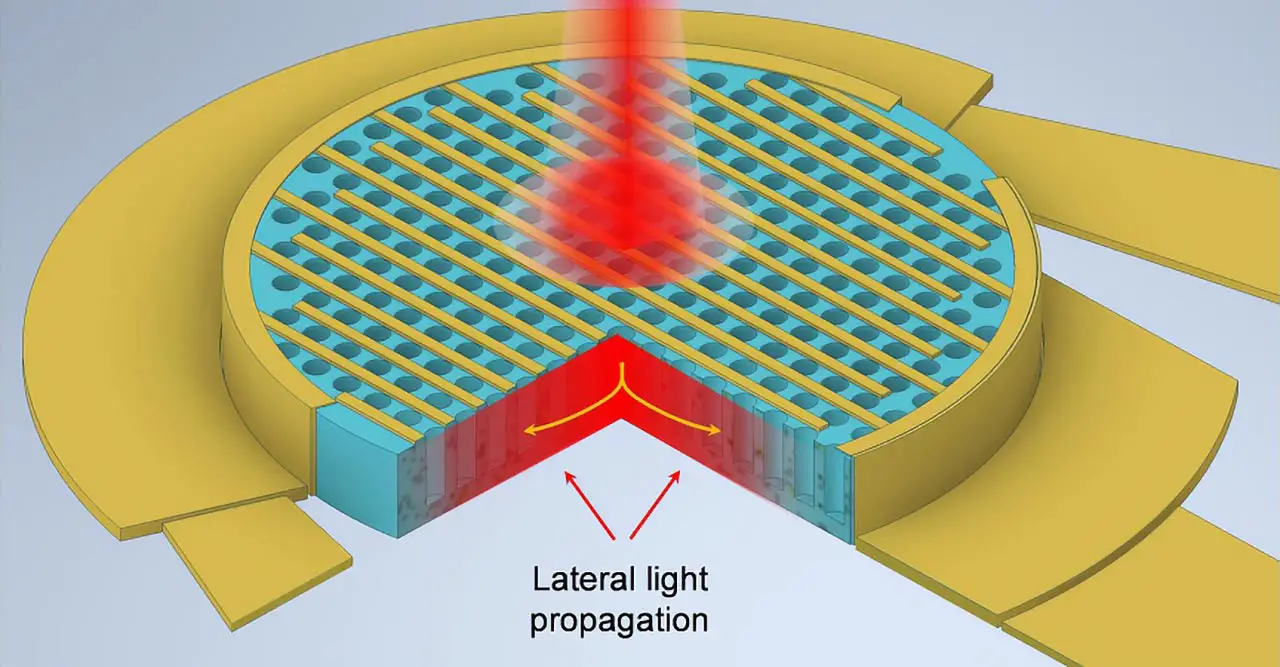Light absorption is a situation where reflection is denied. And that thing makes the surface seem black. In silicon, there is a nanostructure that can revolutionize absorption. The nanostructure traps photons inside them and then conducts light in a horizontal direction. That kind of structure can deny reflection. And it can be used for many things. Highly accurate optical technology can use this material to deny reflection.
Another place where this light absorption is possible is on surfaces that should deny the laser-ray reflection. And of course, highly advanced stealth systems can use this kind of silicone structure. If there is no reflection, the aircraft looks like a shadow. This new silicone structure can fix the problem of absorption.
"UC Davis researchers have developed a new approach to improve silicon-based photodetectors’ performance, potentially revolutionizing optoelectronics integration into conventional circuits and leading to faster, more affordable computer networks and imaging technology advancements." (ScitechDaily.com/Illuminating the Future: Enhanced Light Absorption in Silicon Photodetectors)
"Photon-trapping micro- and nano-sized holes in silicon (Si) make normally incident light bend by almost 90°, making it propagate laterally along the plane and leading consequently to increased light absorption in the NIR band. Credit: Qarony, Mayet, et al., doi 10.1117/1.APN.2.5.056001" (ScitechDaily.com/Illuminating the Future: Enhanced Light Absorption in Silicon Photodetectors)
The problem with traditional light-absorbing materials is that they store energy in their structure. That thing makes black surfaces turn hot very soon. The structure must conduct that energy somewhere, or it will turn visible in the infrared. Traditional black turns hot because it stores radiation in it, and then it pushes energy out of it in the form of IR radiation. IR radiation is visible in IR cameras. If some material has no reflection at all and cannot conduct energy away from it, that material will melt sooner or later.
In reflection, wave movement loads energy into particles until their energy level rises above that of their environment. When a particle's energy level rises above that of impacting radiation, that particle sends that extra energy as wave movement, whose length is the same as the particle's size. And that means particles adjust the wave movement's length into another.
https://scitechdaily.com/illuminating-the-future-enhanced-light-absorption-in-silicon-photodetectors/





